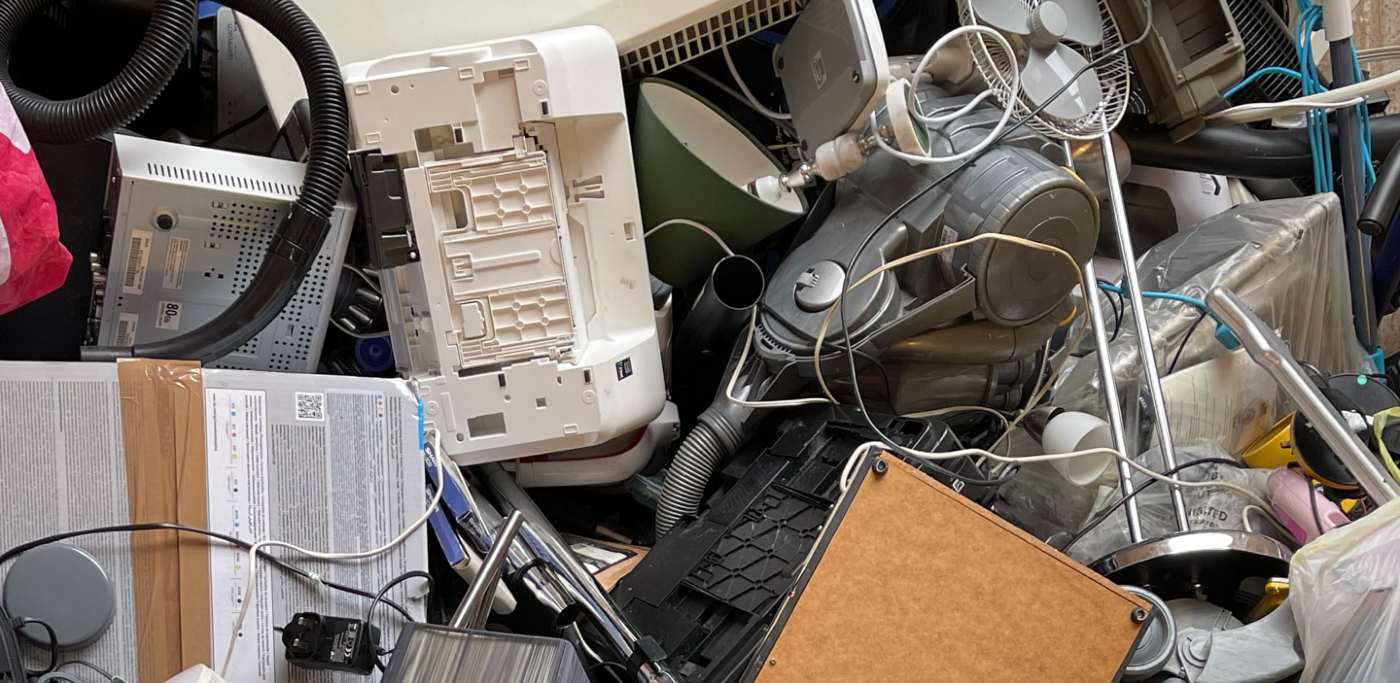A new study has found that the total mass of electronic waste generated by Americans has been declining since 2015.
In an age when most of us can’t imagine life without our digital devices, this surprising finding has ramifications for both how we think about electronic waste’s future and for the laws and regulations regarding e-waste recycling, according to the study’s authors.
The study, led by a researcher at the Yale School of the Environment’s Center for Industrial Ecology and published recently in the Journal of Industrial Ecology, says the biggest contributor to this decline is the disappearance of the large, bulky cathode-ray tube (CRT) televisions and computer monitors from American homes,.
Callie Babbitt, a professor at Rochester Institute of Technology’s Golisano Institute for Sustainability and one of the study’s authors, explains that since about 2011, CRT displays have been on the decline in the waste stream, helping to lead the overall decline in total e-waste mass.
The actual number of electronic devices entering the waste stream is also leveling off or slightly declining, Babbitt and Althaf say. This is due to something that Babbitt terms “convergence”: gaming consoles, for example, can act as DVD players; smartphones are also cameras and video recorders. In the past, says Babbitt, people needed separate devices for each of those applications.
To amass the data necessary for their study, the authors focused on twenty categories of digital devices—including computers, smartphones, digital cameras, and audio-visual equipment—and disassembled dozens of products in a lab in order to determine the relative content of various important elements, in addition to relying on previously published data.
“This is a very important finding that cuts against the widely held idea that electronic waste is the ‘fastest growing waste stream,’ ” says Reid Lifset, the editor-in-chief of the Yale-based Journal of Industrial Ecology. “It shifts our understanding of the problem with e-waste,” he says.
In the United States, since e-waste recycling is regulated at the state level, the patchwork of regulations makes it harder for companies to navigate if they wanted to make their products easier to recycle, says Babbitt.
A more holistic, federal approach could also help increase the overall capture of rare and crucial elements—like cobalt (used in lithium-ion batteries) or indium (found in flat-panel displays)—which are not environmentally toxic.
Shahana Althaf, the lead author on the study and a postdoctoral associate at the Yale Center for Industrial Ecology, notes that we should “see waste as a resource,” an opportunity, rather than a problem.
Source: Yale School of the Environment
DON’T WASTE the Good News—Share It With Your Friends…




















